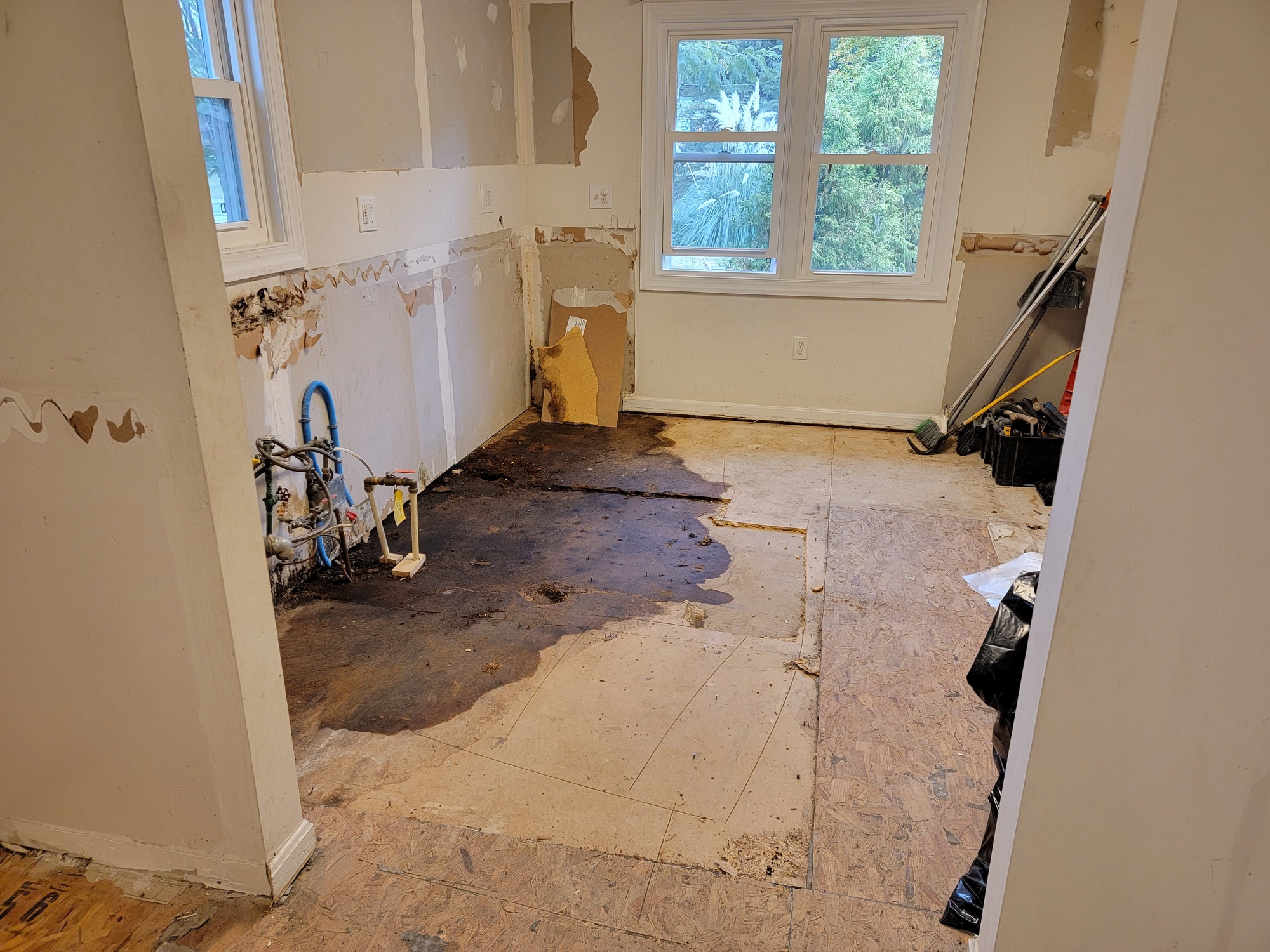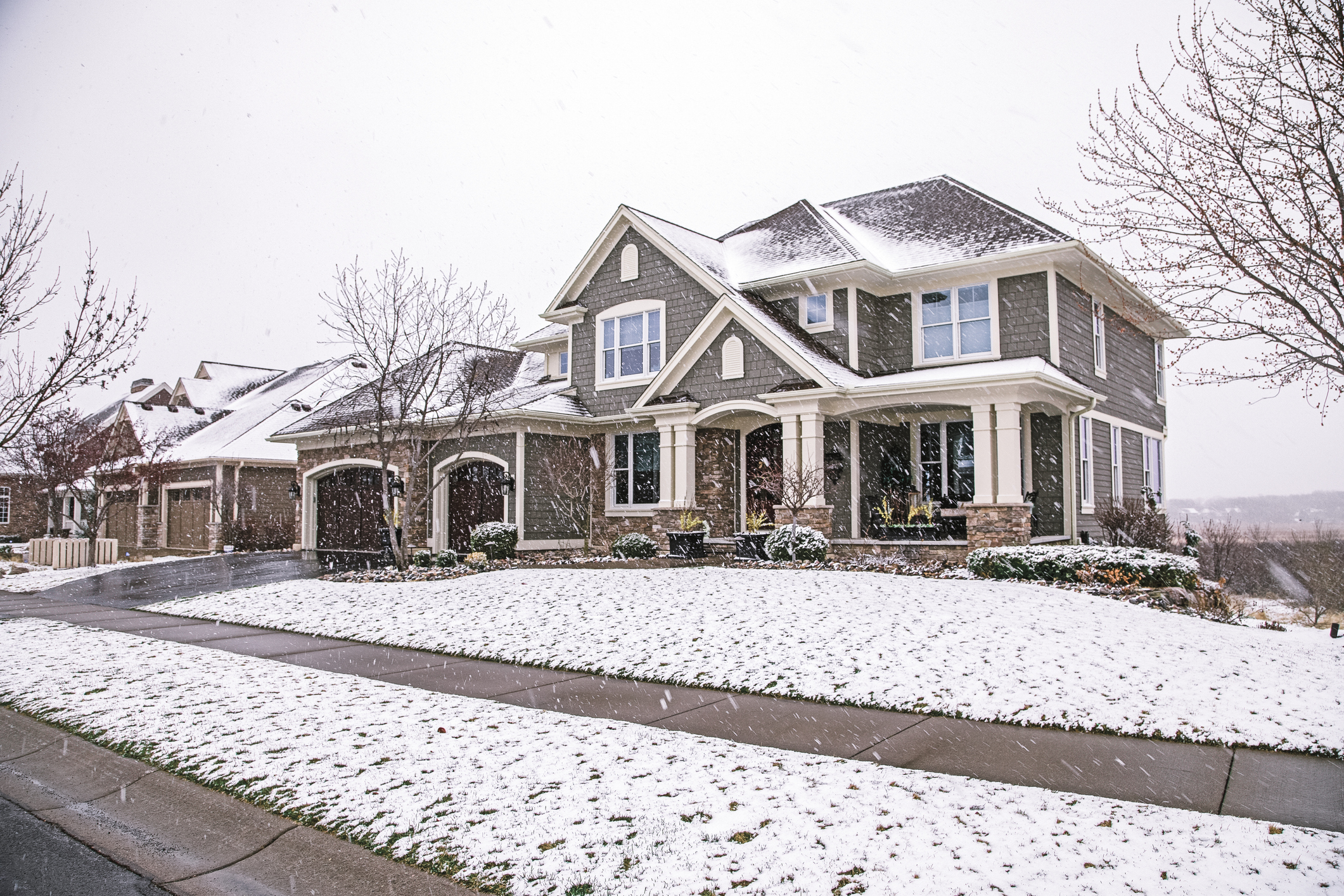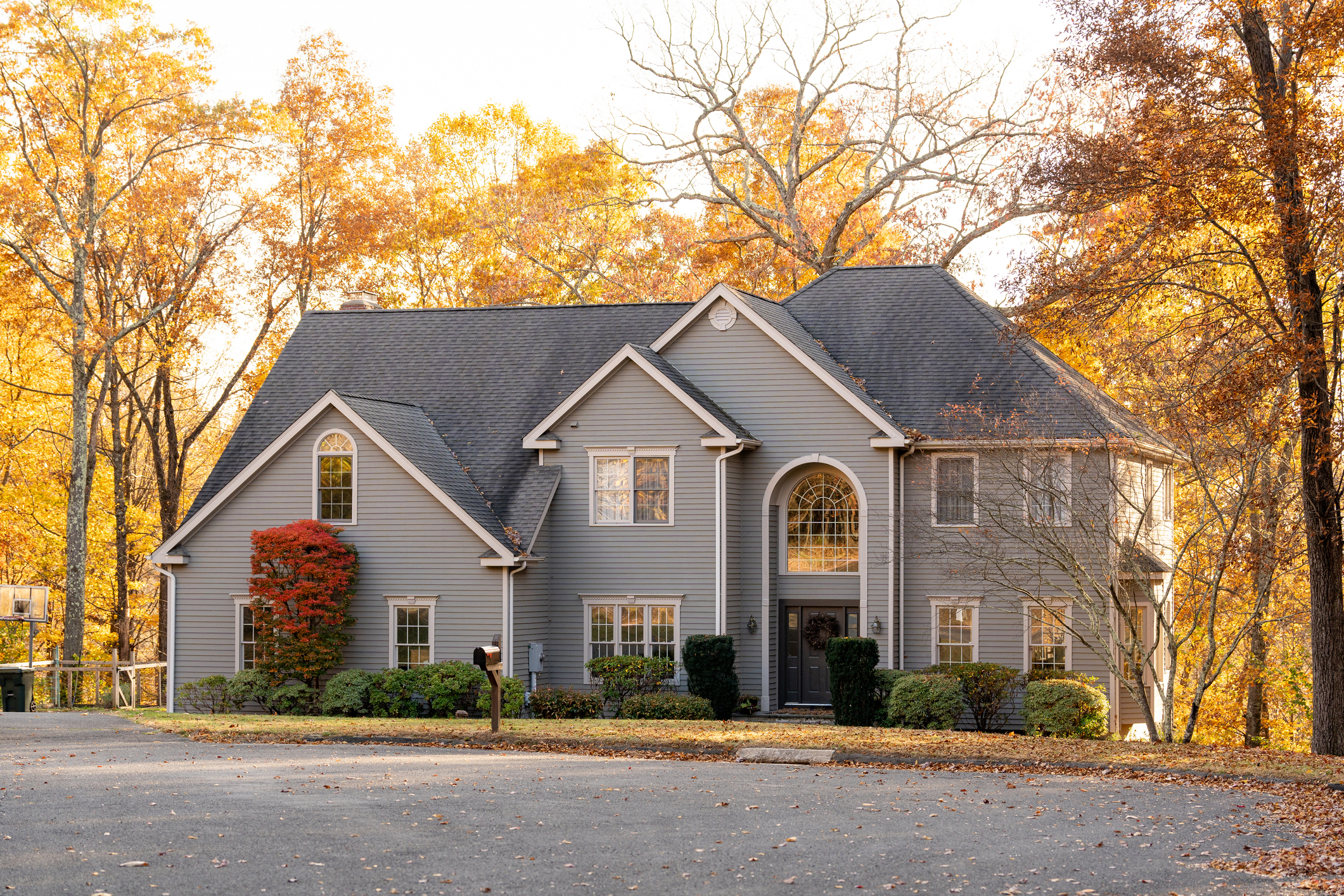While winter often brings a picturesque scenery of snow-covered landscapes and cozy nights by the fireplace, it also poses potential risks to our homes — particularly our plumbing. One of the most common issues faced during winter is frozen pipes, which can lead to significant damage if not managed properly.
Let’s take a look at some preventative measures, the potential damage from frozen pipes, and what to do if your pipes freeze.
The Damage from Frozen Pipes
Frozen pipes can cause an array of problems, ranging from inconvenience to significant damage. When water freezes inside pipes, it expands. This exerts immense pressure on the pipe walls. The pressure can result in:
- Cracks
- Bursts
- Complete Ruptures
The aftermath can include flooding, water damage to your property, and costly repairs.
Frozen pipes can also disrupt your access to water, leaving you without essential services until the issue is resolved.
5 Preventive Measures
Preventing frozen pipes is the key to avoiding these potential disasters. Here are some effective measures to safeguard your plumbing during the winter months:
1. Insulation
- Insulate vulnerable pipes in unheated areas such as basements, attics, and crawl spaces using pipe insulation sleeves or heat tape.
- Seal any gaps or cracks in walls or around pipes that allow cold air to penetrate.
2. Heat Tracing
- Use heat cables or trace heating along pipes to maintain a consistent temperature and prevent freezing.
- Keep your home temperature above 55 degrees Fahrenheit, especially when you’re away.
3. Dripping Faucets
- Allow faucets connected to vulnerable pipes to drip slightly during extremely cold weather to relieve pressure and prevent freezing.
4. Keep Interior Doors Open
- Ensure proper circulation of warm air throughout your home by keeping interior doors open, allowing heat to reach all areas where pipes are located.
5. Disconnect Outdoor Hoses
- Before freezing temperatures arrive, disconnect and drain water from outdoor hoses, and shut off outdoor water sources to prevent ice from forming inside pipes.
What to Do if Your Pipes Freeze
Despite the best preventive measures, pipes can still freeze. If you suspect a pipe has frozen:
1. Identify the Affected Area
- Check for reduced water flow or complete lack of water in faucets and areas where pipes are located.
2. Keep Faucets Open
- Leave the affected faucets open to allow water to flow once the pipe begins to thaw.
3. Apply Heat
- Use a hairdryer, heat lamp, or portable heater to apply gentle heat to the frozen section of the pipe. Start at the faucet and work your way towards the blockage.
4. Contact a Professional
If you’re unable to locate the frozen area, or if the situation escalates, contact a licensed plumber for assistance.
Prep to Prevent
Taking proactive steps to prevent frozen pipes is essential to avoid the hassles and potential damages they can cause during winter. By insulating, maintaining warmth, and being vigilant, you can significantly reduce the risks associated with frozen pipes. In the event of a freeze, quick action and the application of safe thawing methods can help mitigate the issue before it leads to substantial damage. Contact 24 Hour Flood Pros for any issues you experience.
Remember, when in doubt or if the situation becomes overwhelming, seek professional assistance promptly. With these precautions and necessary steps, you can ensure your plumbing stays functional and intact, even during the coldest of winter days.





